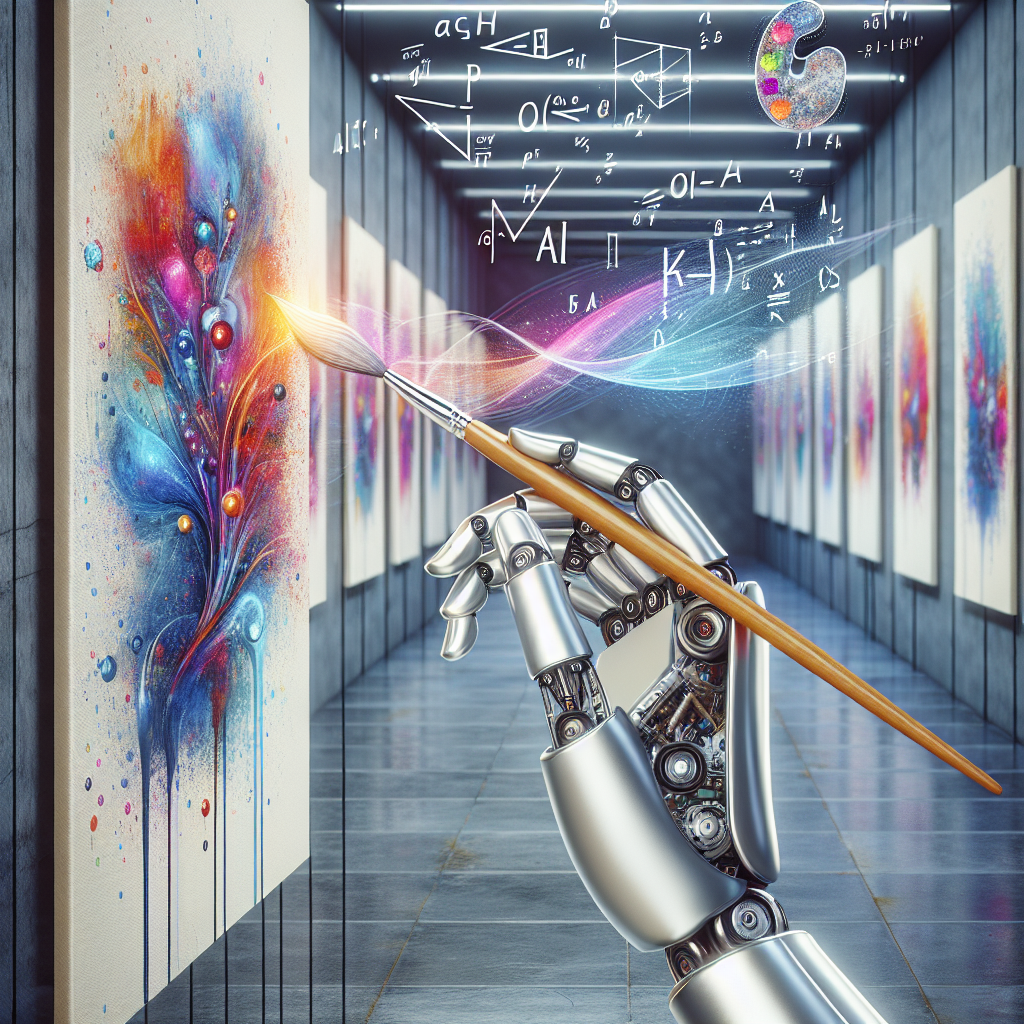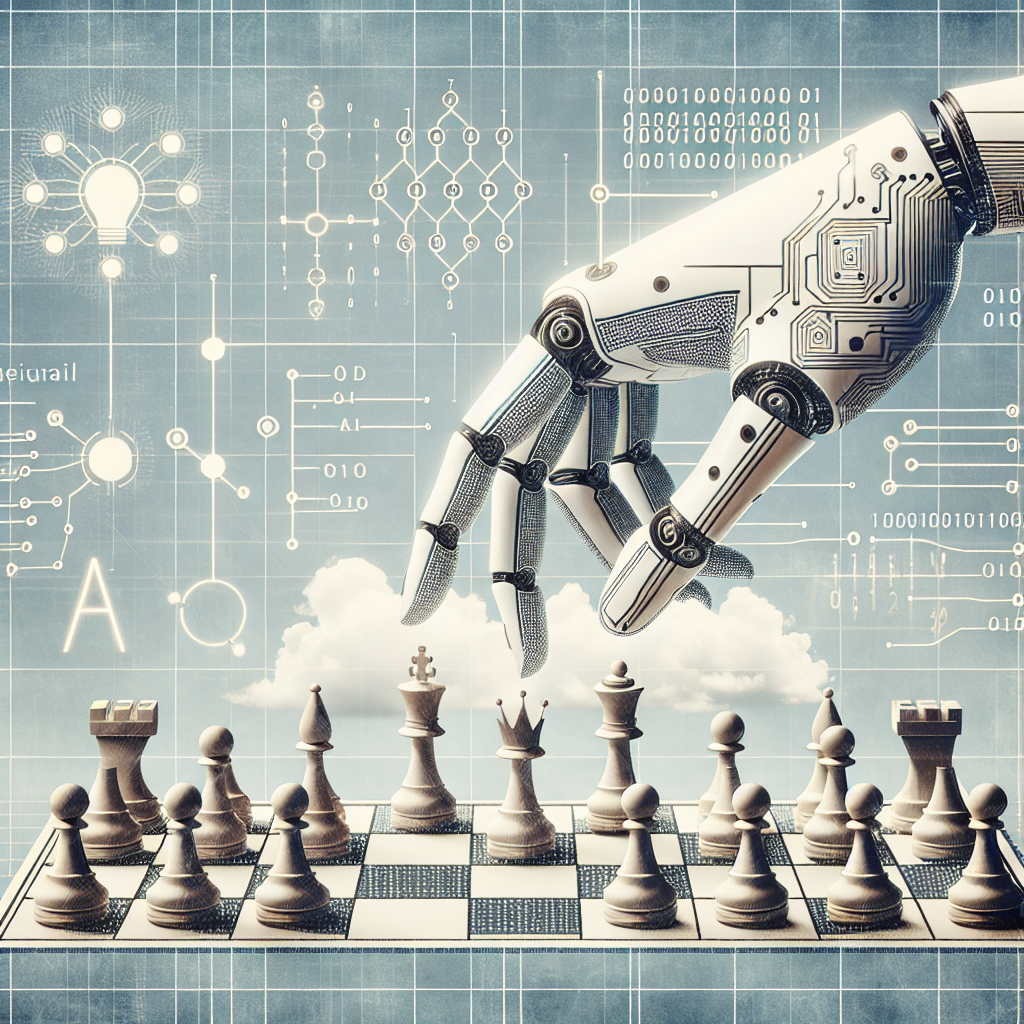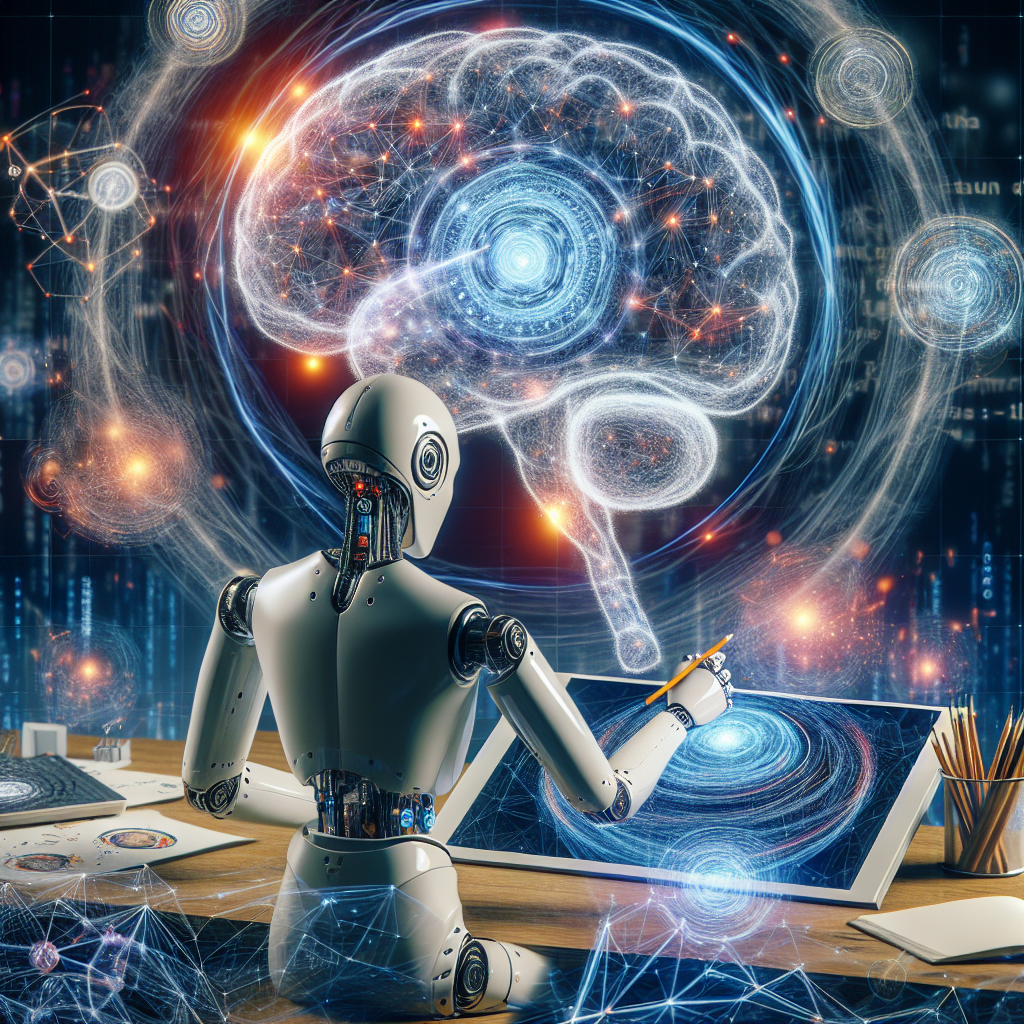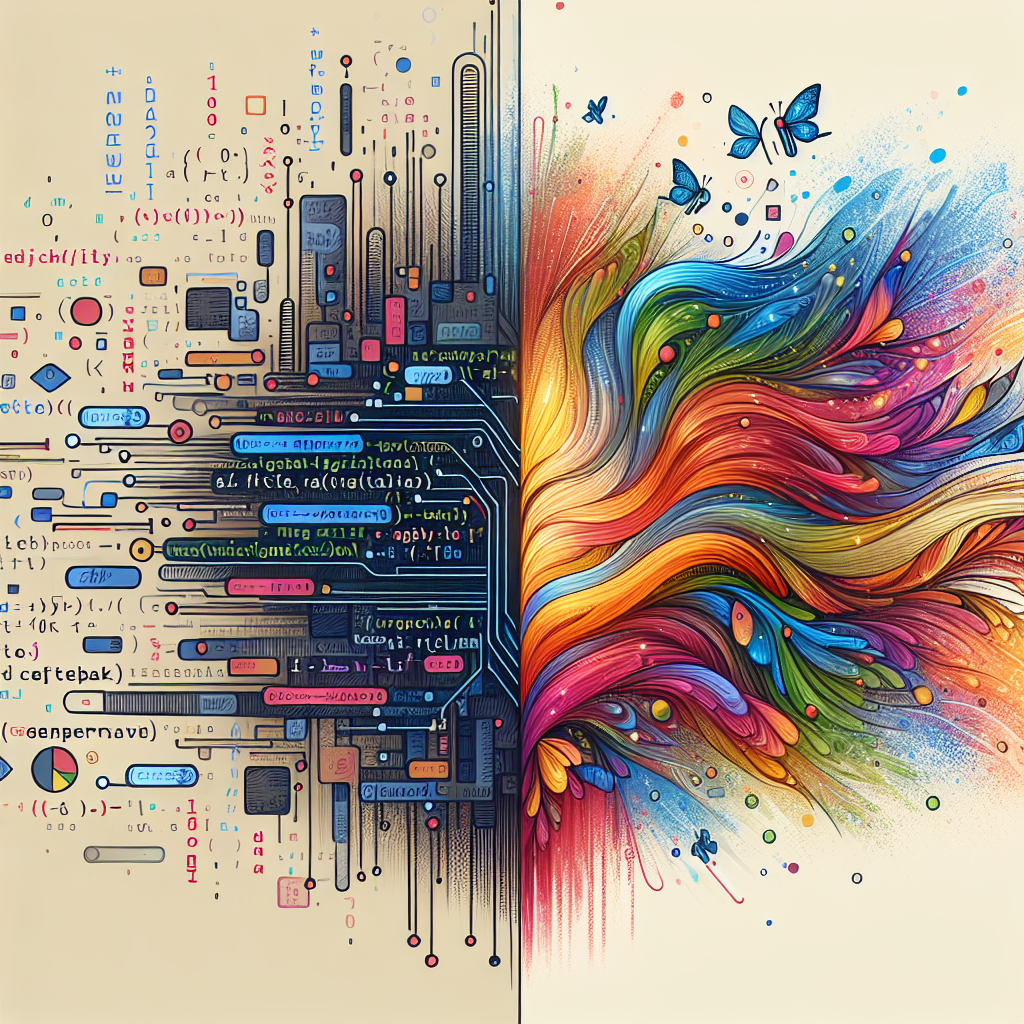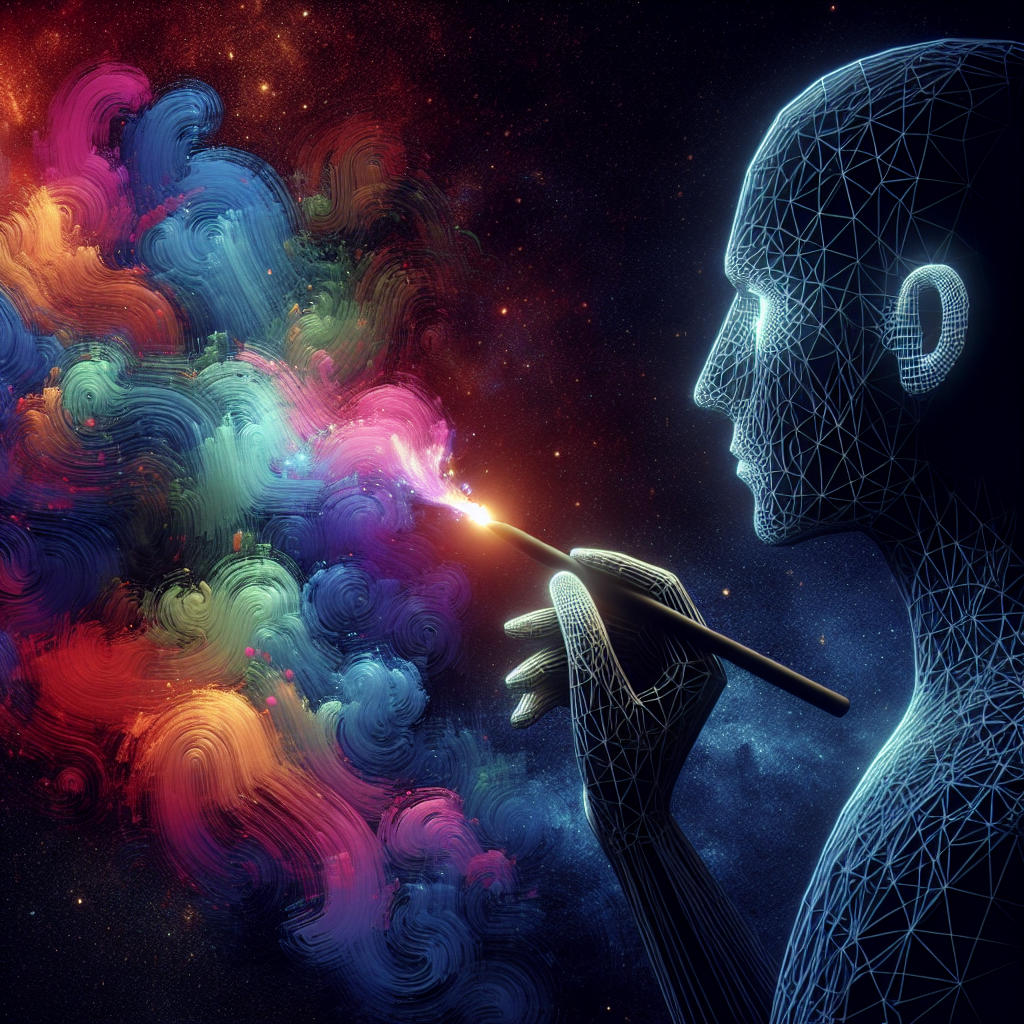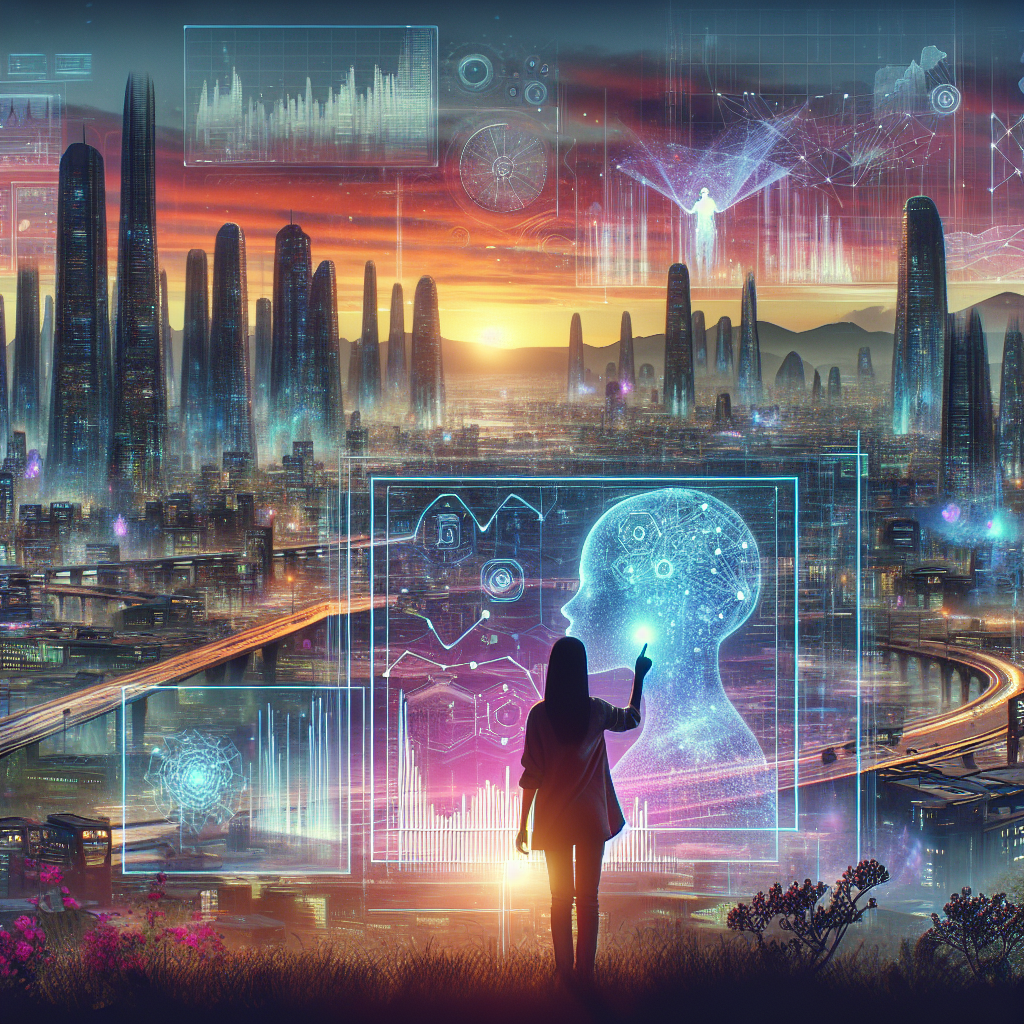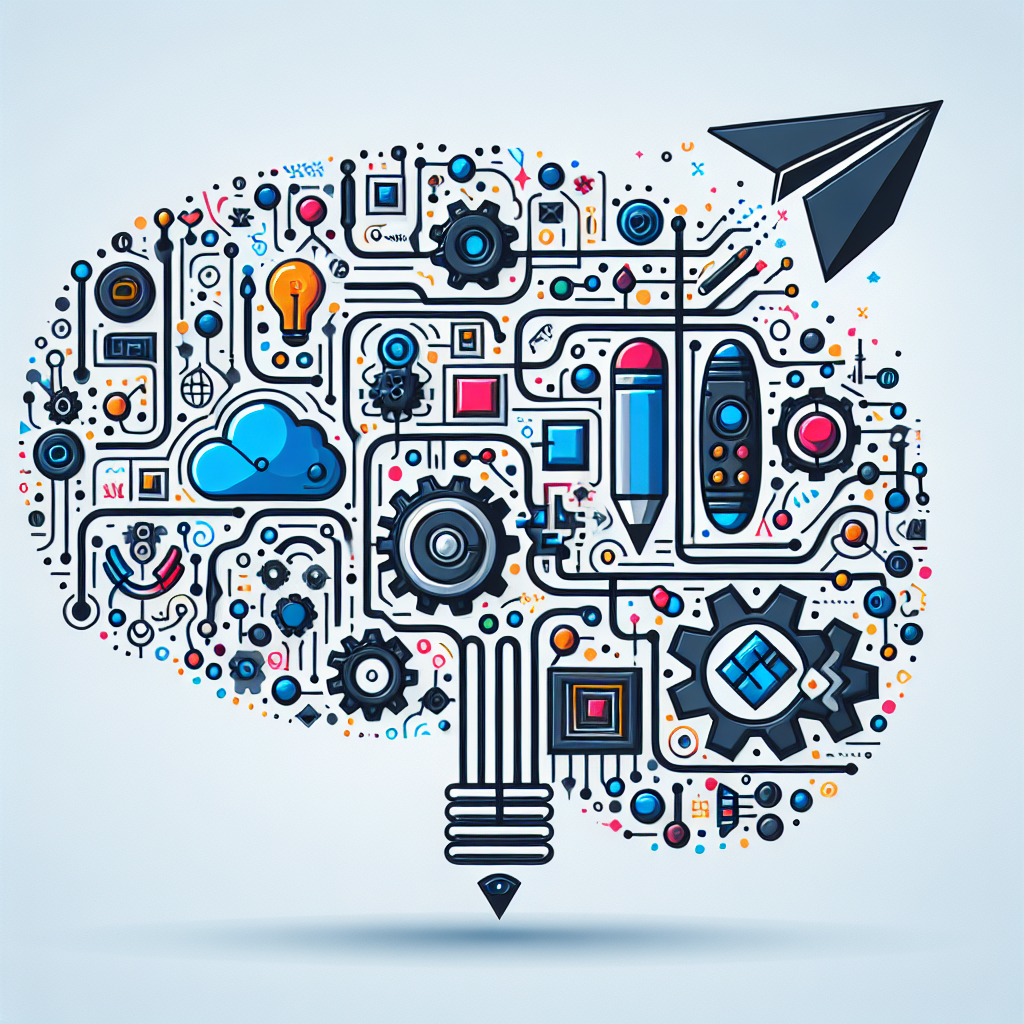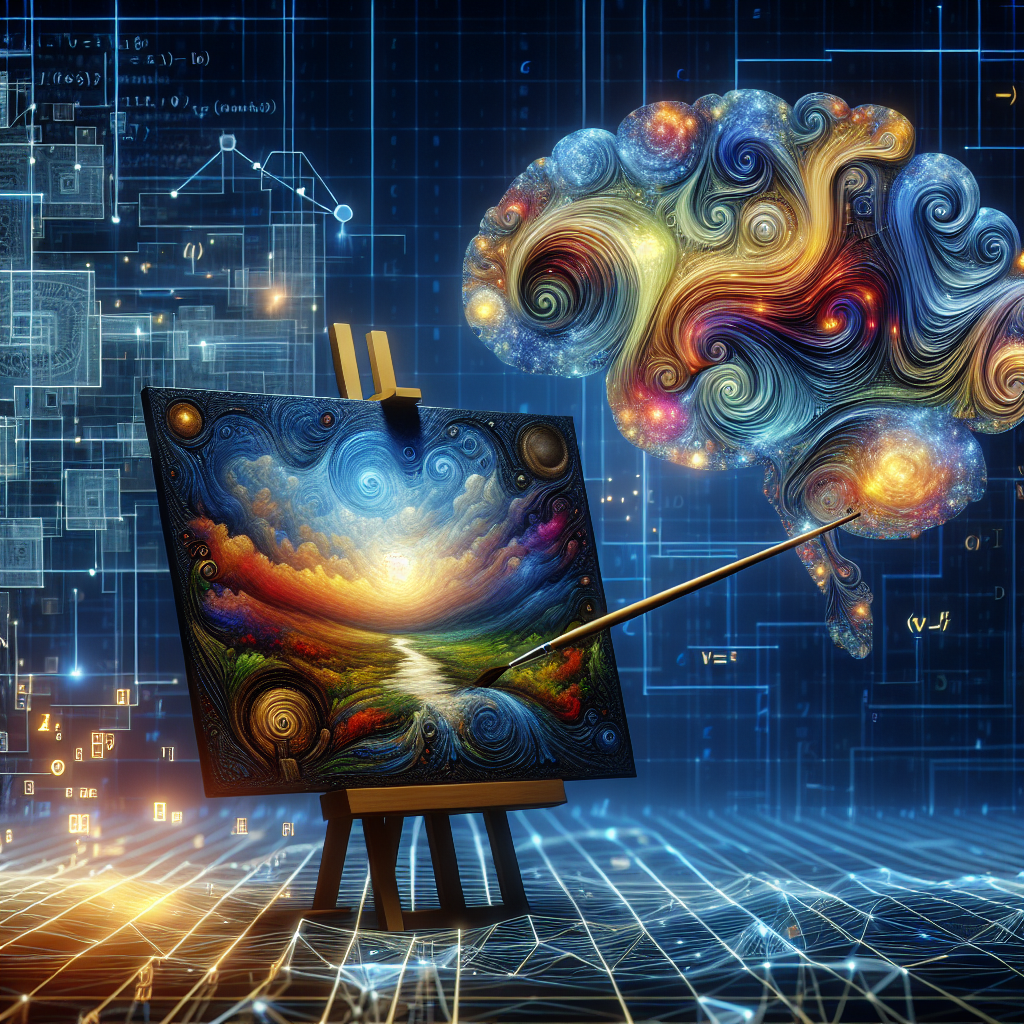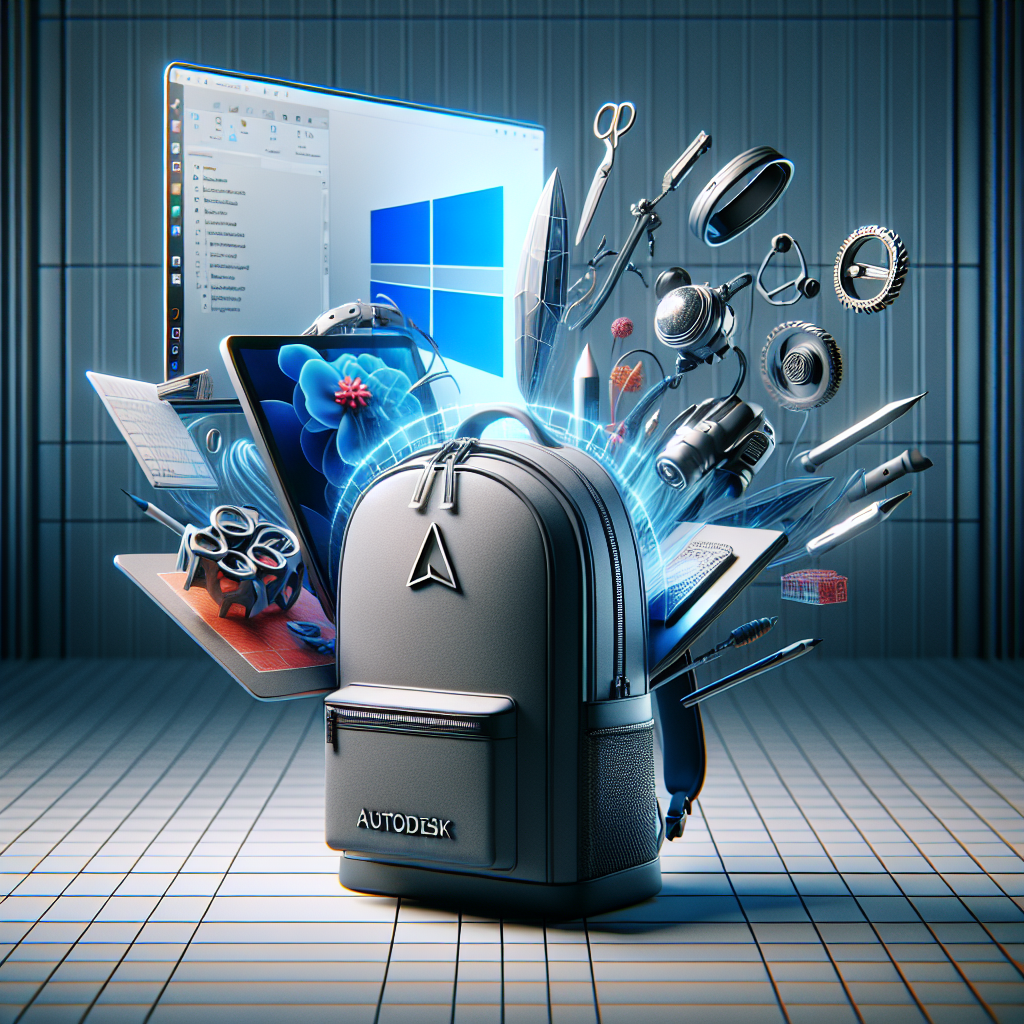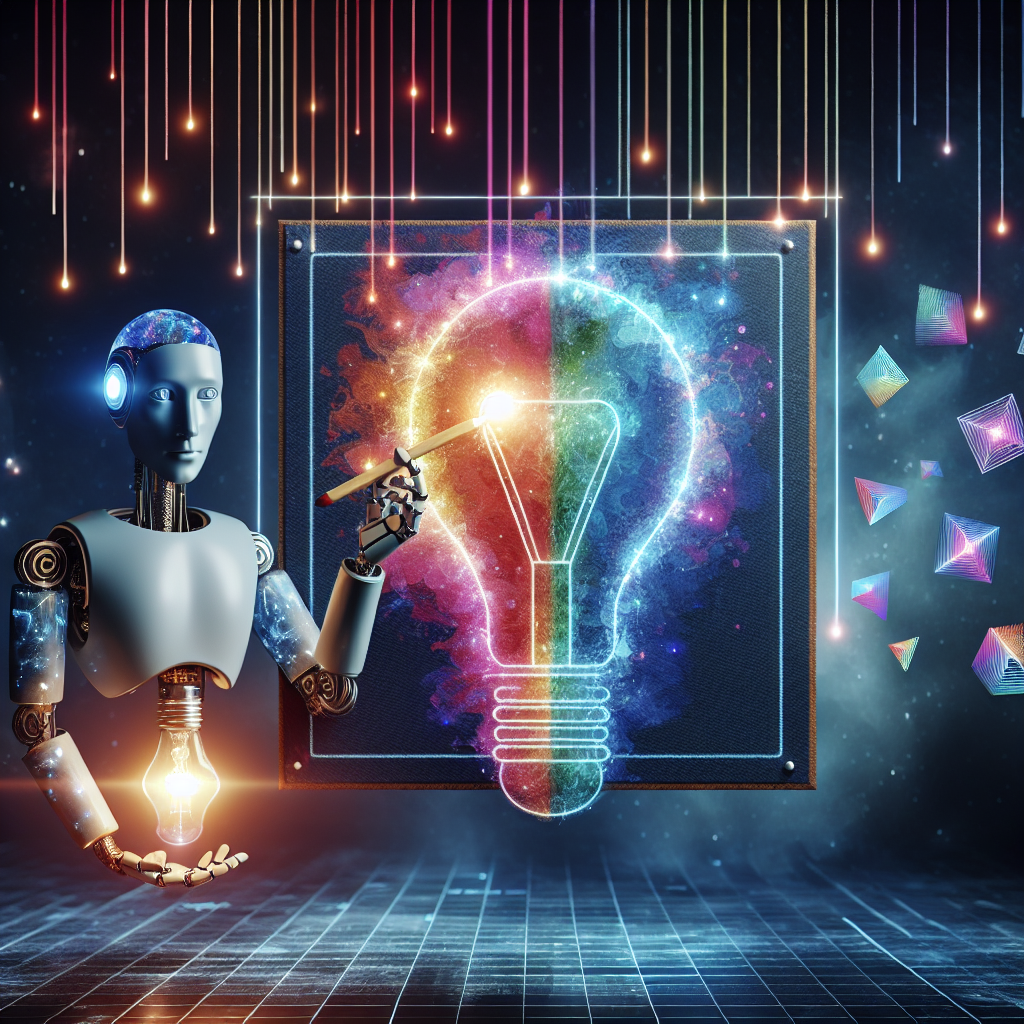Artificial intelligence (AI) has become an increasingly prevalent force in the art world, blurring the lines between technology and creativity. From generating unique pieces of art to enhancing the creative process for artists, AI is revolutionizing the way we think about and create art.
One of the most prominent examples of AI in the art world is the use of generative adversarial networks (GANs) to create original artworks. GANs are a type of AI algorithm that consists of two neural networks – a generator and a discriminator – that work together to generate new, unique images. Artists and technologists have been using GANs to create everything from abstract paintings to photorealistic portraits, pushing the boundaries of what is possible in the realm of art.
In addition to creating art, AI is also being used to enhance the creative process for artists. For example, some artists are using AI algorithms to analyze large datasets of artwork to gain inspiration and insights for their own work. By leveraging AI to analyze patterns and trends in art history, artists can develop new ideas and approaches to their craft that they may not have considered otherwise.
Furthermore, AI is also being used to help artists streamline their workflow and improve their efficiency. For instance, AI-powered tools can assist artists in tasks such as color selection, composition, and even brushstroke techniques. By automating some of the more repetitive and time-consuming aspects of the artistic process, artists can focus more on their creative vision and experimentation.
However, the intersection of technology and creativity is not without its challenges. Some critics argue that AI in art may lead to a loss of human creativity and authenticity, as machines are generating artwork that can mimic the style of famous artists. Additionally, there are concerns about the ethical implications of using AI to create art, such as issues of copyright and ownership.
Despite these concerns, the integration of AI in the art world presents exciting possibilities for artists and art enthusiasts alike. By leveraging the power of technology, artists can expand their creative horizons, experiment with new techniques, and push the boundaries of traditional art forms. The intersection of technology and creativity is a dynamic and evolving space that promises to reshape the way we think about and appreciate art in the digital age.
